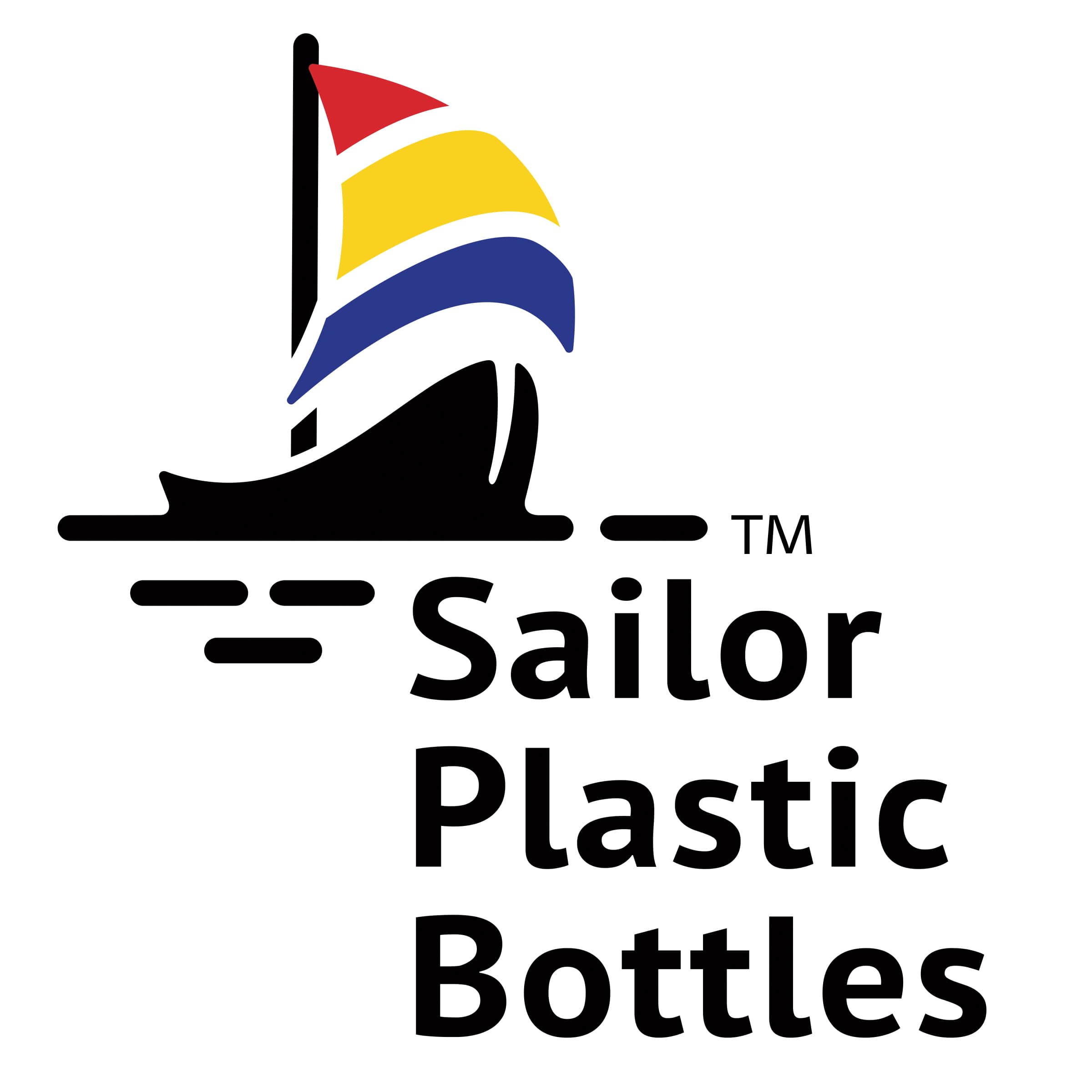15 Common Commercial Lease Terms Explained
Hooray! You found a spot now it's time to learn Lease Terms.
You finally found the perfect retail spot for your new juice bar. Congratulations! You spent a lot of time and effort searching for this and now you’re eager to get going and open up your shop. But before you start mentally moving in and imagining where everything will go, take some time to read the lease agreement and understand the commercial lease terms before you sign it. Otherwise, you may be signing something that will come back to haunt you for a long time.
Commercial lease agreements are confusing.
Commercial lease agreements are often full of legal jargon and words that’ll make you pull out Webster’s dictionary. Commercial realtors and attorneys are great people and for the most part they mean well. But few will take the time to completely explain in layman’s terms what it is that you’re agreeing to. Don’t get rushed into signing something you don’t fully understand. There are no stupid questions, and if the realtor or attorney you’re dealing with doesn’t respect your questions, find someone who does. Look into hiring a commercial realtor or attorney who will provide tenant representation. Then you’ll have a knowledgeable advocate on your side. But even if you go that route, it’s best to familiarize yourself with some common commercial lease terms that you might see in your lease.
Common commercial lease terms.
-
Lessor:
The property owner or landlord.
-
Lessee:
The tenant (you).
-
Base Rent:
The minimum amount of rent due each month.
-
Gross lease:
A lease agreement whereby the landlord pays for all property costs usually included in ownership. These can include real estate taxes, utilities, and maintenance. There can be modifications that require the tenant to pay part of these costs in addition to base rent.
-
Triple net lease (also known as an NNN lease):
Probably the most common form of commercial leases, in this agreement the tenant pays a fixed rental charge and expenses on the property - property taxes, utilities, and CAM (see below). There can be modifications whereby the landlord pays for part of these costs.
-
Base Year Escalator Lease:
This agreement has a set amount of operating expenses included in the rental payment. This amount is generally established using the expenses for the year in which the lease begins. Each following year, if the operating expenses have increased, the rental rate is increased accordingly.
-
Percentage lease:
A lease in which the costs are based on the percentage of the sales volume made at the property. This is typically seen in retail leases. Lease can be straight percentage, but more commonly a base amount plus a percentage of sales.
-
Tenant improvements:
These are improvements done on the interior of a space, which can be paid for by the landlord and/or the tenant, depending on the lease. Usually when the landlord pays, the cost will be factored into your lease.
-
Usable area:
The part of a building that can be occupied.
-
Rentable area:
The usable area within the building including shared areas such as lobbies, corridors, closets, and restrooms.
-
Common area maintenance (CAM):
This is charged to the tenant to maintain common areas of the property. It can include building maintenance and repairs, snow removal, lawn and landscaping care, parking lot maintenance, etc.
-
Letter of intent:
An informal agreement between landlord and lessee indicating their intent to move forward with negotiations.
-
Latent defect:
A fault in the property that could not have been revealed through reasonable inspection before the agreement.
-
Work letter:
An agreement between a landlord and a tenant regarding all the issues related to the build-out (construction) of the interior of a space.
-
Personal Guarantee:
Common in retail leases. It means that if your business fails to pay the rent, you as the individual who signs the lease, still have to pay it.
Caption: None
Alt text: Time to negotiate your commercial lease agreement
Negotiate your commercial lease.
One thing to remember about commercial lease agreements - everything is negotiable. After you’ve thoroughly looked at the property, then it’s time to negotiate. But even after you’ve reached an agreement and you think you’re ready to sign, there’s one last step you should take.
Have an attorney who’s experienced in commercial real estate look over the lease. Remember, this is a huge financial commitment. The financial cost of an average lease agreement can be more than the value of a home.
Understand the terms and get the help you need.
No one expects problems to come up, but sometimes they do. People and their situations change. After moving in, you may find that there are problems with the building that even the landlord didn’t know about, or maybe a year after moving in you’ve grown so big you need more space.
A lease is an important document. It’s a legal contract with a set of rules that each consenting party agrees to follow so that if circumstances do change, everyone knows what to expect. If there is ever a misunderstanding between you and your landlord, you both have a legal document that spells out the rules of your relationship.
Take the time to familiarize yourself with commercial lease terms. Then when you’re ready, sign the lease and congratulate yourself. You’re one step closer to opening your awesome juice bar.
Laura Babcock is a marketing consultant and copywriter working for Sailor Plastic Bottles Inc. If you haven't found the perfect place yet, Check out her post on choosing a great location for your juice bar.
